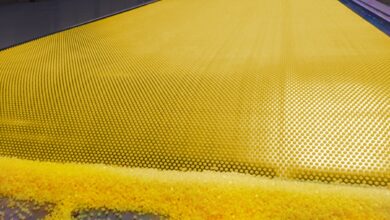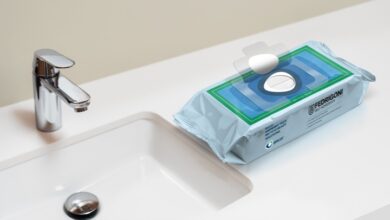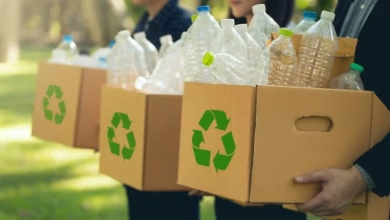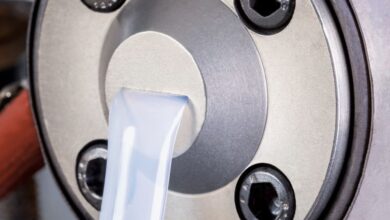Breakthrough coating makes shampoo bottles good to the last drop
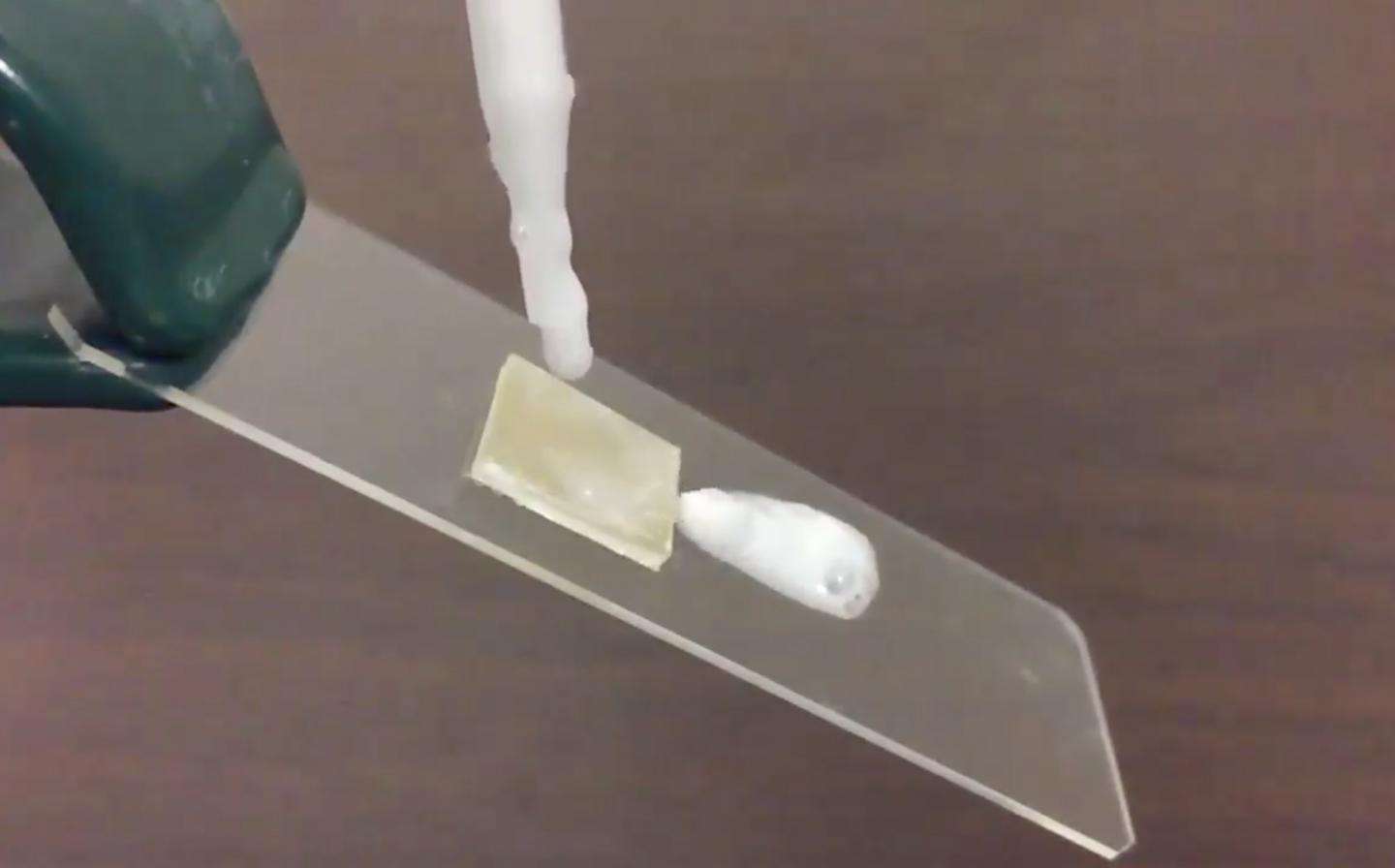
It’s one of those common household annoyances—trying to squeeze the last bit of shampoo and conditioner out of the bottle to no avail. After a few valiant efforts, the bottle finds its way to the garbage with some product still left inside. And if you’re anything like me and spend quite a few dollars on salon brands, then this can really grate on you. Oh, and not to mention the bottle never gets recycled since it needs to be rinsed completely clean.
Now researchers at The Ohio State University have discovered a way to create the perfect lining inside plastic bottles to let soap products flow freely. They describe the patent-pending coating in a paper featured in the journal Philosophical Transactions of the Royal Society .
The method involves coating a plastic bottle with microscopic y-shaped structures that cradle the droplets of soap aloft above tiny air pockets, so that the soap never actually comes into contact with the inside of the bottle. The “y” structures are built up using much smaller nanoparticles made of silica, or quartz—an ingredient in glass—which, when treated further, won't stick to soap.
“It's what you'd call a first-world problem, right? 'I can't get all of the shampoo to come out of the bottle.' But manufacturers are really interested in this, because they make billions of bottles that end up in the garbage with product still in them,” said Bharat Bhushan, Ohio Eminent Scholar and Howard D. Winbigler Professor of mechanical engineering at Ohio State.
Coatings already exist to help food, but not soap, pour out of their containers, he said.
“Compared to soaps, getting ketchup out of a bottle is trivial. Our coating repels liquids in general, but getting it to repel soap was the hard part.”
The team devised a method to spray-coat a small amount of solvent and ultra-fine silica nanoparticles onto the inside of bottles. Manufacturers already use solvents to change the texture of molded plastics, because they cause the surface of the plastic to soften a little. By mixing the silica and solvent, they were able to soften the surface of the polypropylene just enough that when the plastic re-hardened, the silica would be embedded in the surface.
Overall, waste is reduced and the consumer experience is enhanced.
The university hopes to license the coating technique to manufacturers upon further development—not just for shampoo bottles, but for other plastic products that have to stay clean, such as biomedical devices or catheters. The coating has already been applied to polycarbonate, a plastic used in car headlights and smartphone cases, among other applications.
Source: www.plasticstoday.com



